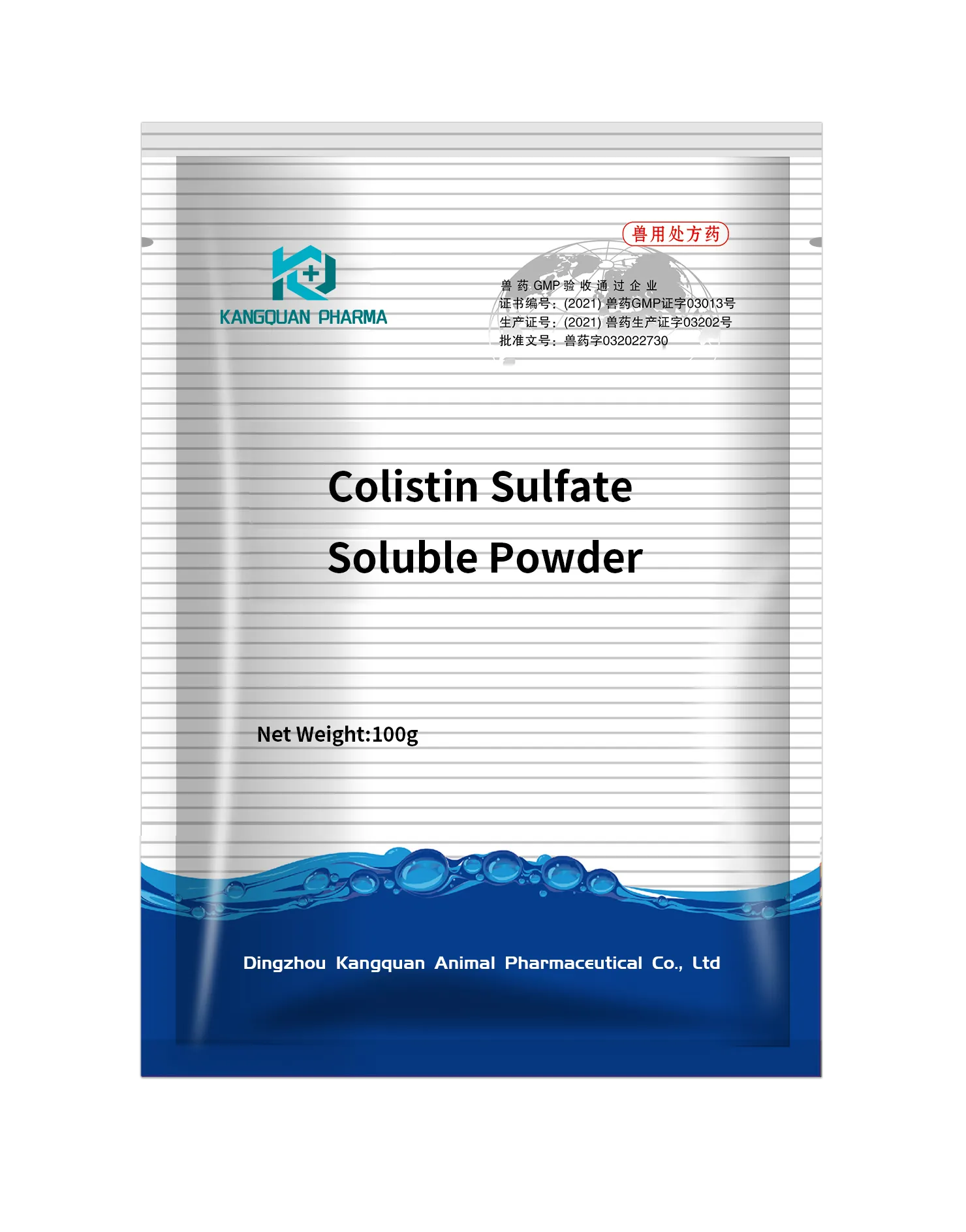- Afrikaans
- Albanian
- Amharic
- Arabic
- Armenian
- Azerbaijani
- Basque
- Belarusian
- Bengali
- Bosnian
- Bulgarian
- Catalan
- Cebuano
- Corsican
- Croatian
- Czech
- Danish
- Dutch
- English
- Esperanto
- Estonian
- Finnish
- French
- Frisian
- Galician
- Georgian
- German
- Greek
- Gujarati
- Haitian Creole
- hausa
- hawaiian
- Hebrew
- Hindi
- Miao
- Hungarian
- Icelandic
- igbo
- Indonesian
- irish
- Italian
- Japanese
- Javanese
- Kannada
- kazakh
- Khmer
- Rwandese
- Korean
- Kurdish
- Kyrgyz
- Lao
- Latin
- Latvian
- Lithuanian
- Luxembourgish
- Macedonian
- Malgashi
- Malay
- Malayalam
- Maltese
- Maori
- Marathi
- Mongolian
- Myanmar
- Nepali
- Norwegian
- Norwegian
- Occitan
- Pashto
- Persian
- Polish
- Portuguese
- Punjabi
- Romanian
- Russian
- Samoan
- Scottish Gaelic
- Serbian
- Sesotho
- Shona
- Sindhi
- Sinhala
- Slovak
- Slovenian
- Somali
- Spanish
- Sundanese
- Swahili
- Swedish
- Tagalog
- Tajik
- Tamil
- Tatar
- Telugu
- Thai
- Turkish
- Turkmen
- Ukrainian
- Urdu
- Uighur
- Uzbek
- Vietnamese
- Welsh
- Bantu
- Yiddish
- Yoruba
- Zulu
Nov . 14, 2024 15:26 Back to list
colistin sulfate
Colistin Sulfate An Overview of Its Use and Implications
Colistin sulfate, a polypeptide antibiotic derived from *Bacillus polymyxa*, has gained significant attention in recent years primarily due to its effectiveness against multidrug-resistant Gram-negative bacteria. It belongs to the polymyxin class of antibiotics and exhibits a unique mechanism of action that disrupts the bacterial cell membrane, leading to cell death. Despite its efficacy, the rise of colistin-resistant strains of bacteria and potential toxicity has spurred debate over its clinical use.
Historically, colistin was one of the last-resort treatments for infections caused by resistant bacteria. Its clinical use dwindled in the 1970s due to the advent of newer antibiotics with fewer side effects. However, the surge in antibiotic resistance has rekindled interest in colistin, particularly in treating infections caused by pathogens like *Escherichia coli*, *Klebsiella pneumoniae*, and *Pseudomonas aeruginosa*. Colistin sulfate, typically presented in a sulfate salt form, is administered either intravenously or intramuscularly in clinical settings. It is especially relevant in severe infections where other treatment options have failed.
The crucial aspect of colistin's resurgence is the growing concern over its effectiveness due to the emergence of resistant bacterial strains. Colistin resistance can occur through various mechanisms, including modifications of the bacterial cell membrane, which reduce the drug's binding efficacy. This resistance underscores the importance of monitoring and implementing stewardship programs aimed at preserving the efficacy of colistin and other last-resort antibiotics.
colistin sulfate

Beyond resistance, the safety profile of colistin remains a point of contention. While it can be a life-saving option, its use is not without risks. One of the significant concerns is nephrotoxicity, or damage to the kidneys, which can occur, especially at higher doses or with prolonged use. Monitoring renal function during treatment is essential, and clinicians must weigh the potential benefits of using colistin against the risks of toxicity.
In veterinary medicine, colistin sulfate is frequently used in livestock as a growth promoter
. This practice raises public health concerns regarding the transfer of antibiotic-resistant bacteria from animals to humans through the food chain. The World Health Organization and other health authorities have called for a reduction or ban on the use of colistin in agriculture to combat the rising tide of antibiotic resistance.The future of colistin sulfate and its role in clinical practice is a complex interplay of necessity and caution. Continued research is critical to understanding the mechanisms of resistance and the development of guidelines that ensure its judicious use. With ongoing efforts to mitigate antibiotic resistance, colistin could serve as a vital component of our antimicrobial arsenal when used appropriately.
In conclusion, colistin sulfate exemplifies the dual-edged sword of antibiotic therapy; while it holds promise in combating formidable pathogens, responsible stewardship is crucial. As the medical community endeavors to navigate the challenges posed by antibiotic resistance, the careful application of colistin sulfate, both in human and veterinary medicine, will be central to preserving its efficacy for future generations.
-
Guide to Oxytetracycline Injection
NewsMar.27,2025
-
Guide to Colistin Sulphate
NewsMar.27,2025
-
Gentamicin Sulfate: Uses, Price, And Key Information
NewsMar.27,2025
-
Enrofloxacin Injection: Uses, Price, And Supplier Information
NewsMar.27,2025
-
Dexamethasone Sodium Phosphate Injection: Uses, Price, And Key Information
NewsMar.27,2025
-
Albendazole Tablet: Uses, Dosage, Cost, And Key Information
NewsMar.27,2025













